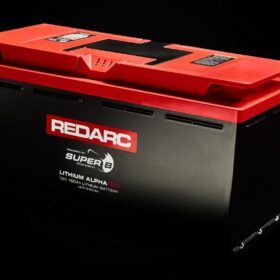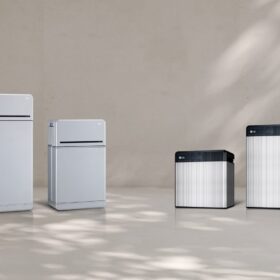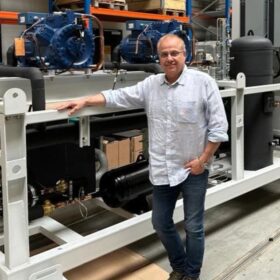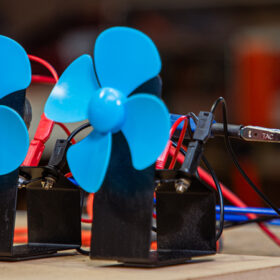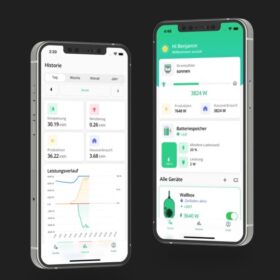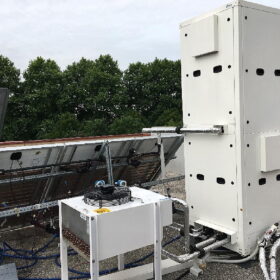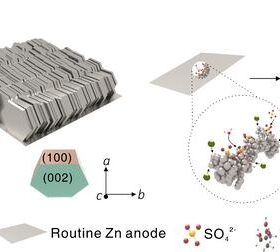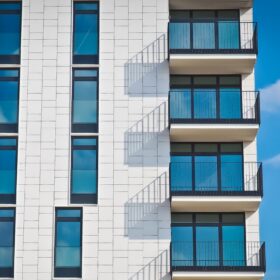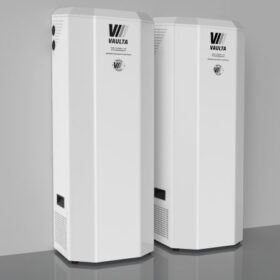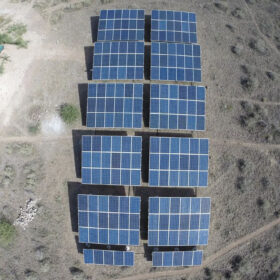Redarc unveils 150 Ah lithium battery
The Alpha 150 battery, produced in the Netherlands by Australian electronics manufacturer Redarx, has a lifespan of more than 5,000 cycles and a continuous discharge rating of 200 A.
LG launches residential hybrid inverters for European market
South Korea’s LG Energy Solution says its new hybrid inverters are suitable for high-voltage and low-voltage configurations.
Industrial renewable heating system based on 780 kW heat pump
Israeli developer Tigi Solar is deploying an industrial heat pump to support the heating system at the facility of a food industry enterprise in Israel. The heat pump has an output of 780 kW and a coefficient of performance (COP) of 4.6. It uses existing ammonia chiller waste heat as the heat source and can reportedly provide a hot water temperature of 65 C.
New proton batteries for megawatt-scale renewables storage
Engineers at Melbourne’s RMIT University have developed a rechargeable “proton battery” that has the potential to store more energy than currently available lithium-ion batteries.
German startup offers app to maximize use of solar power surplus in homes
Clever-PV has developed a manufacturer-independent energy management solution for homes. The app is free to download from app stores and can be connected to PV systems, wall boxes, heat pumps, and other smart devices. This allows users to optimize the use of self-generated solar power.
Residential heat pump based on finned coil evaporator, PVT collectors
Scientists in Italy have developed a 5 kW direct-expansion solar-assisted heat pump that uses alternatively two different evaporator technologies. The cooling of the PV module unit by CO2 evaporation increases power production by 8%.
Aqueous zinc-ion battery with high stability
Researchers in China have found that the addition of serine cations to the electrode/electrolyte interface of aqueous zinc-ion battery could effectively inhibit zinc dendrite growth and enable a highly reversible zinc anode.
To achieve net zero energy status, solar-powered buildings should not exceed 10 floors
Researchers in Canada have found that nearly zero-energy buildings (NZEBs) with on-site solar energy generation should not exceed an energy use intensity (EUI) of 50 kWh/m2a, which they said corresponds to a maximum of 10 floors. They also ascertained that the maximum permitted EUI by net-zero energy status is 17–28 kWh/m2a.
Australian manufacturer unveils 5.12 kWh battery for residential applications
Vaulta, an Australian battery tech company, has developed its first dedicated residential battery. The small-scale energy storage system can purportedly operate for 4,000 cycles, with an 80% depth of discharge.
Building to last in the Global South
PV initiatives should be designed to last, as several well-meaning off-grid solar projects for the developing world have floundered over the years.
